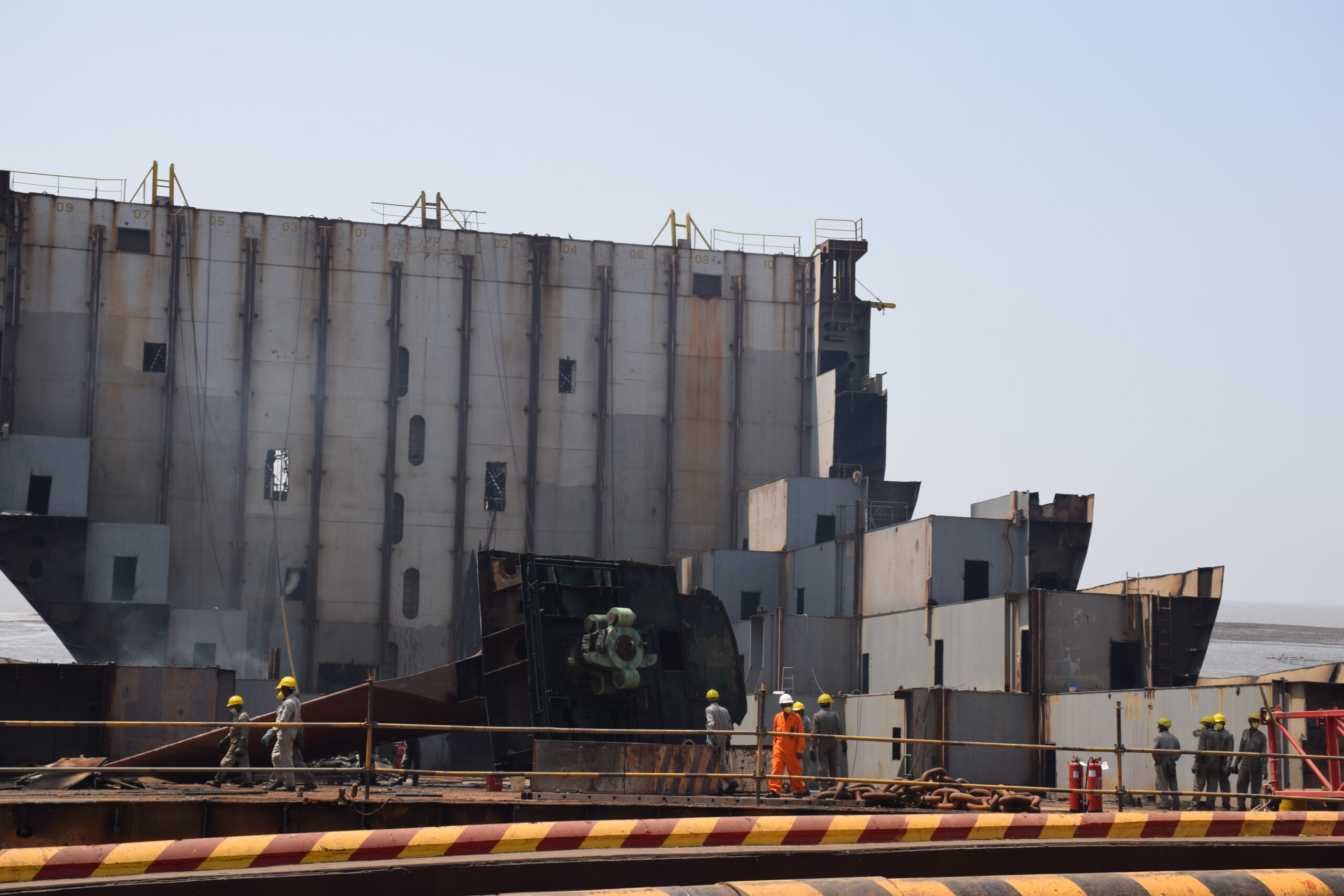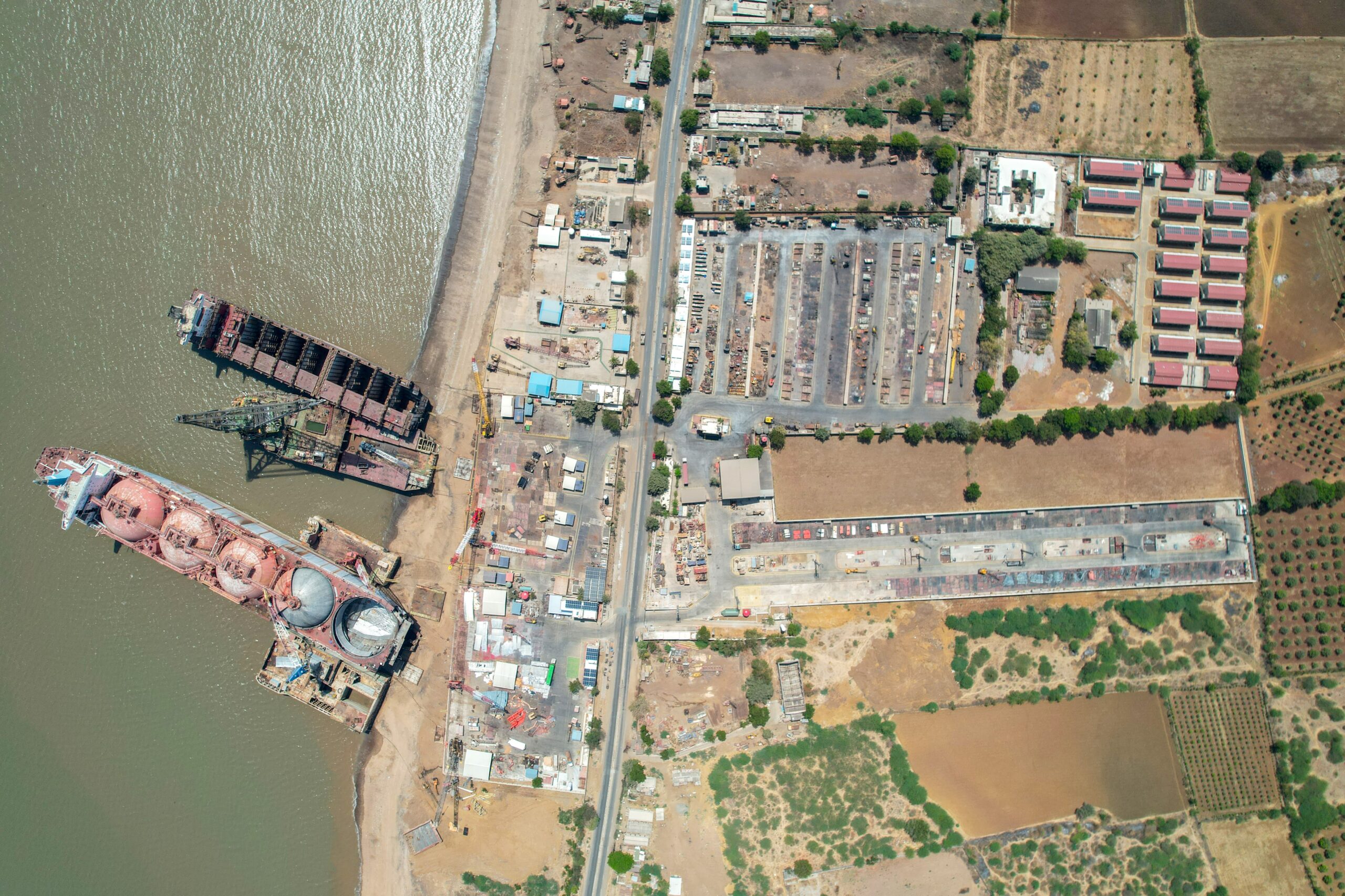The Deceptive Speed of Devastation: How the Dali Brought Down a Bridge
On Tuesday, the container ship Dali slammed into the Francis Scott Key Bridge in Baltimore. Despite its slow, almost sluggish speed – slower than a leisurely bike ride – the impact delivered a force comparable to a rocket launch. This raises a big question: how could something moving so slowly cause such catastrophic damage?
The answer lies not in the speed but in the immense mass of the Dali. Imagine a hulking giant, weighing roughly a third to half the weight of the Empire State Building. That’s the kind of mass the Dali was carrying when it collided with the bridge.
Understanding the exact force of the impact is a complex task. A definitive answer might take months or even years, as engineers meticulously recreate the event in simulations, factoring in every detail. However, even with limited data, we can get a glimpse of the colossal power unleashed in the collision.
Here’s where things get mind-boggling. Our most basic calculations, assuming the Dali was fully loaded, suggest a minimum force of 12 million newtons was needed to bring it to a stop. This is a staggering amount of force – about a third of what it took to launch the iconic Saturn V rocket that sent astronauts to the moon during the Apollo missions.
But the story doesn’t end there. When we factor in more variables and refine our calculations, the estimated force of impact with the bridge pier skyrockets to over 100 million newtons. This higher-end estimate has been reviewed by civil engineering experts who believe it’s a realistic representation of the event’s true force.
Professor Ben Schafer, a civil and systems engineering expert at Johns Hopkins University, offered a sobering perspective: “The amount of energy involved is simply beyond our normal comprehension.”
The slow, sluggish movement of the Dali belied its destructive potential. Its immense mass, comparable to a skyscraper, was the true culprit behind the devastating bridge collapse. While the exact force of the impact awaits a more thorough investigation, even our initial calculations paint a picture of a truly enormous blow, one that could rival the mighty force of a rocket launch. This event serves as a stark reminder of the immense power large ships carry, even when they appear to be moving slowly.
How could something travelling slower than a casual bike rider cause such a devastating impact? The answer lies in its mass: roughly a third to a half of the Empire State Building.
It may be months or even years before engineers conduct careful simulations of this disaster that take into account all the variables. However, we used the limited available data to start to understand how strong the collision might have been.
And even our most oversimplified calculations show the impact was enormous.
Our lowest estimate of how much force it would take to slow the Dali if it were fully loaded, is around 12 million newtons, about a third of the force it took to launch the Saturn V rocket for the Apollo moon missions.
Disclaimer:
Hey there! Just a heads-up: the stuff you find on this website is meant for general info only. We try our best to keep it accurate and up-to-date, but we can’t guarantee it’s always perfect. We’re not making any promises about how complete, accurate, reliable, suitable, or available the info, products, or services on here are for your needs.
So, if you decide to rely on any of this info, just know it’s at your own risk. We’re not responsible for any losses or damages that might happen because of using this website, whether it’s indirect, consequential, or anything else. That includes things like losing data or profits. Thanks for understanding!












